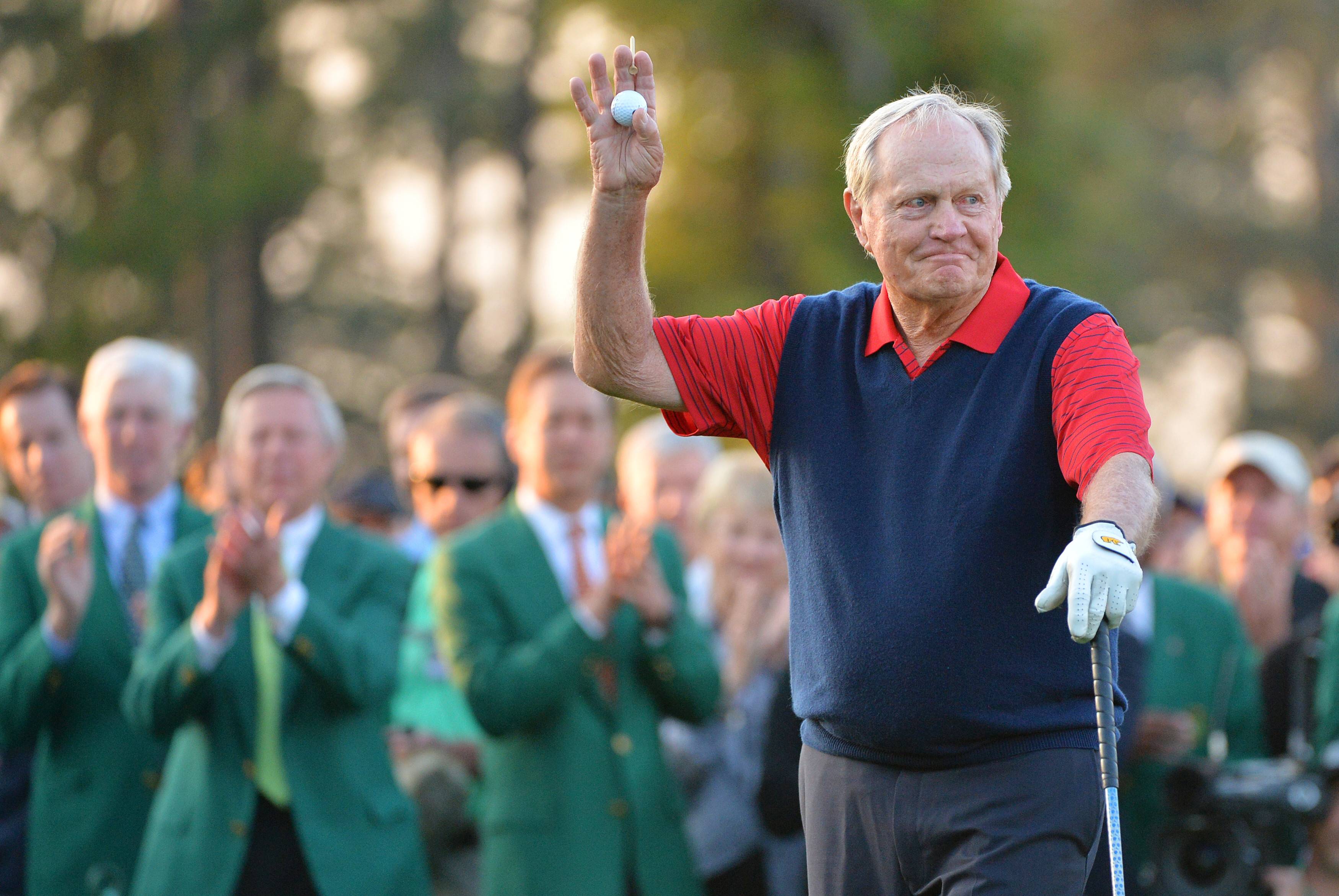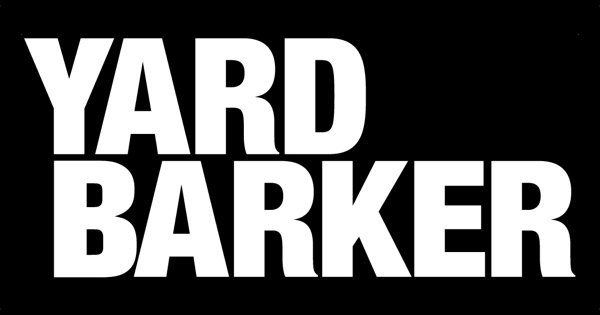
The 1969 Ryder Cup at Royal Birkdale is etched in golf history, not just for the fierce competition, but for a single act of sportsmanship that would echo for decades. On the 18th green, with the match between Jack Nicklaus and Tony Jacklin all square, Nicklaus faced a choice that would define his first Ryder Cup appearance. After Jacklin sank a long eagle putt on the 17th, Nicklaus missed his birdie attempt. On the final hole, he conceded Jacklin’s short putt, ensuring the match and the Ryder Cup ended in a tie. Today, ‘The Concession’ is celebrated as a hallmark of generosity and respect.
But according to veteran sportswriter Hank Gola, the gesture was far more nuanced at the time. In his book Ryder Cup Rivals: The Fiercest Battles for Golf’s Holy Grail, Gola notes that contemporary accounts focused less on sportsmanship and more on Nicklaus’s nerve in holing his own five-foot par putt before conceding Jacklin’s. Gola also reveals that the decision stirred frustration among Nicklaus’s teammates, particularly U.S. captain Sam Snead, who “wouldn’t have given that length putt to his mother.” Some even speculated that Nicklaus was subtly spitting on his captain by conceding.
Recently, while speaking to GolfWeek, Gola said, “I suppose that The Concession wasn’t immediately celebrated as the all-time magnanimous gesture it eventually became. No contemporary newspaper account made much of it. The emphasis was on Jack Nicklaus’ nerve in dropping the five-foot par putt before picking up Tony Jacklin’s coin.” Gola’s decades-long career covering golf and other major sports allows him to provide context often missing from traditional narratives. He highlights how the 1969 Ryder Cup was contentious in its first days, with fiery interactions between players and captains, yet it culminated in a moment of unexpected generosity.
ADVERTISEMENT
Article continues below this ad
The veteran journalist further added, “Snead sat Nicklaus, who was making his first Ryder Cup appearance after winning seven majors and the career grand slam, in the opening session of the week. Some thought that Jack gave Jacklin the putt to spite his captain.” The act not only created a controversy or a tie, the first in Ryder Cup history, but also cemented a lifelong friendship between Nicklaus and Jacklin, a bond later commemorated through The Concession Golf Club in Florida.
ADVERTISEMENT
Article continues below this ad
In the context of the 1969 Ryder Cup, Sam Snead’s towering legacy added extra weight to the controversy surrounding Jack Nicklaus’ concession. With 82 PGA Tour victories, tied with Tiger Woods: seven major championships, four Vardon Trophies, a 1949 PGA Player of the Year honor, and seven Ryder Cup appearances under his belt, Snead was a commanding presence whose competitive instincts were legendary. His reputation for relentless pursuit of victory made Nicklaus’s decision to concede Tony Jacklin’s putt all the more provocative, as some teammates and observers wondered if Nicklaus’s gesture subtly defied the strict, win-at-all-costs ethos that Snead embodied.
But now, as we approach the 45th Ryder Cup, Gola’s insights remind fans that the tournament’s greatest moments often lie in its subtleties. The Concession wasn’t just a put-in; it was a gesture layered with context, history, and personal dynamics. As Gola puts it, it “wasn’t immediately celebrated as the all-time magnanimous gesture it eventually became,” yet it endures as a defining lesson in sportsmanship, integrity, and the human side of competition.A
And as Hank Gola highlights, the Ryder Cup has also been shaped by rivalries and controversies that tested players and captains alike. Let’s look back on some of notable ones.
Ryder Cup controversies over the decades
Veteran sportswriter Hank Gola, in his book Ryder Cup Rivals: The Fiercest Battles for Golf’s Holy Grail, provides a behind-the-scenes look at these moments, revealing the tension, drama, and human dynamics that often go unnoticed.
One of the most famous controversies occurred in 1989 at The Belfry, where Seve Ballesteros clashed with American Paul Azinger. During the singles matches, Ballesteros sought to replace a scuffed ball on the second green, but Azinger opposed it. The disagreement escalated on the 18th hole over a drop from a water hazard. While both players maintained professionalism, the confrontations highlighted the cultural and strategic differences between European and American approaches. Ballesteros’ fiery passion became a hallmark of European Ryder Cup play, setting the stage for decades of spirited competition.
Then, a decade later, the 1999 ‘Battle of Brookline’ showcased both the intensity and the volatility of the Ryder Cup. The U.S. team staged a stunning comeback, winning the final six matches to clinch the Cup. But the victory was overshadowed by premature celebrations on the 17th green, after Justin Leonard had putt his hole, but Maria Olazábal was still yet to putt. Along with that rowdy crowd behavior, it drew criticism from European players and media. There was even an instance of Captain Mark James’s wife getting spat on by US spectators. It was a reminder that emotional control and decorum could be just as crucial as skill on the course.
ADVERTISEMENT
Article continues below this ad
That same year, American golfer Payne Stewart sparked further controversy with comments implying that European rookies should serve as caddies for the U.S. team. The remark fueled outrage and added fuel to an already heated rivalry, demonstrating how words off the green could inflame tensions as much as actions on it.
So, in essence, the history of Ryder Cup controversies reminds fans and players that the tournament is as much about human drama as it is about golf. They show that the Ryder Cup’s enduring appeal lies not only in the skill of its players but in the intensity, strategy, and occasional conflicts that define the spirit of international team golf.



